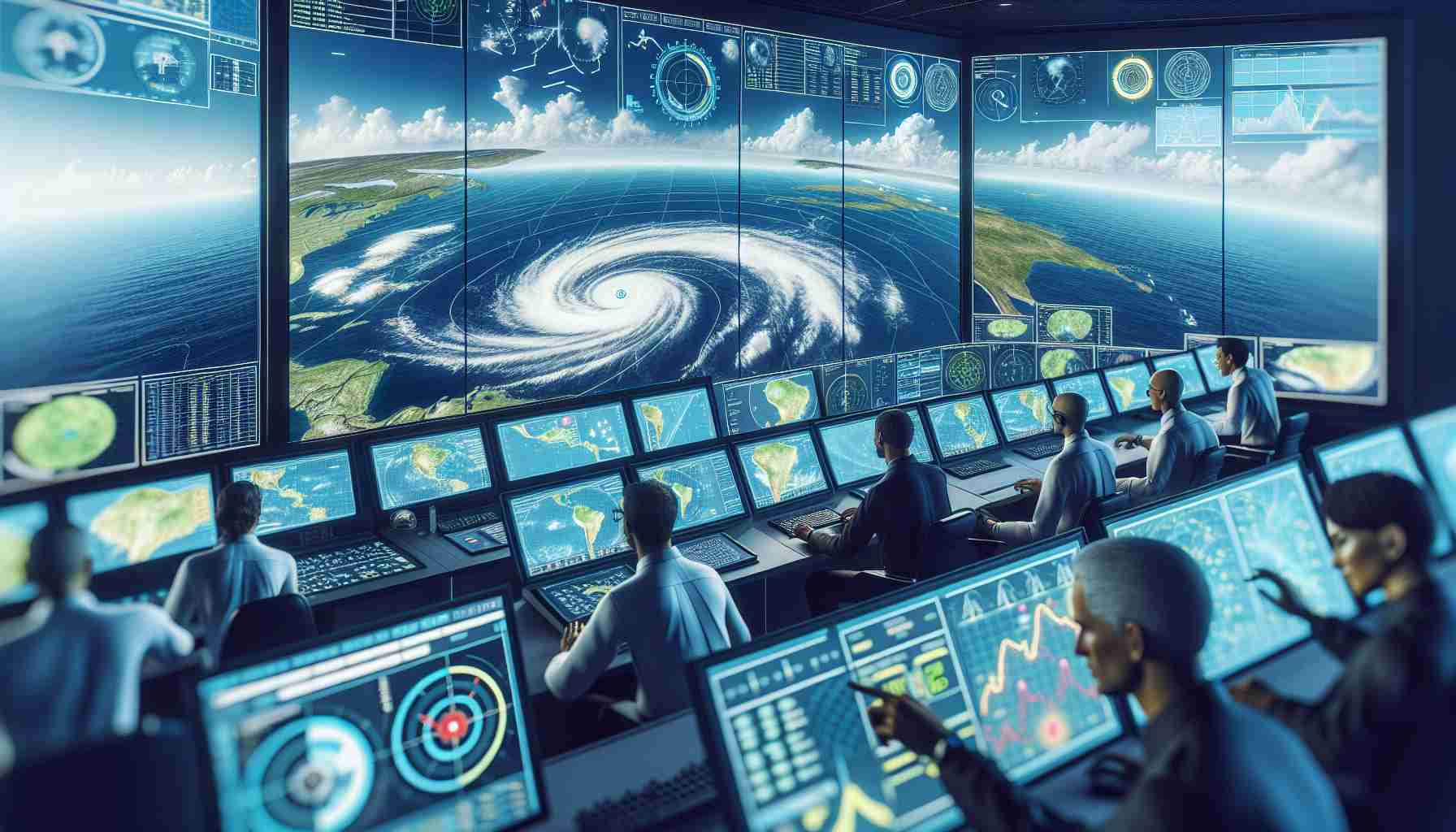
This week, the Atlantic Ocean is seeing significant weather developments. While Florida and Southeast residents are still addressing the aftermath of recent storms, including Hurricane Milton and Hurricane Helene, the National Hurricane Center is keeping a close watch on several weather systems far offshore.
Tropical Storm Leslie is currently situated approximately 1,635 miles west of the Azores and is experiencing maximum sustained winds of 60 mph. The storm is progressing to the north at a speed of around 10 mph. Forecasts suggest a shift to the north-northeast is likely by later today, with further increases in movement anticipated through the weekend. However, Leslie’s strength is expected to weaken gradually, and it may transition into a post-tropical cyclone within the next few days. The storm’s wind effects extend up to 80 miles from its center.
Additionally, a tropical wave is developing near the Cabo Verde Islands. Satellite imagery shows that rain and thunderstorm activity are concentrated east of a low-pressure area in that region. Although the potential for a tropical storm exists, it is predicted that conditions may deteriorate soon, hampering further development.
The hurricane season spans from June 1 to November 30, with forecasters actively monitoring ongoing weather patterns and issuing alerts for those affected. As these systems develop, residents are urged to stay informed and prepared.
Monitoring Tropical Activity in the Atlantic: Enhancing Preparedness Amidst Changing Climates
The Atlantic hurricane season is increasingly becoming a topic of strategic importance for meteorologists, policymakers, and residents in vulnerable regions. With the recent upheaval from hurricanes and tropical storms, understanding how to monitor tropical activity effectively is crucial in mitigating impacts on communities at risk.
Key Questions and Answers
1. What technologies are used in monitoring tropical systems?
– Meteorologists employ a combination of satellite imagery, radar data, buoys, and weather models to track and predict tropical systems. Advanced satellites, such as the GOES series, provide real-time data on storm formation, while Doppler radar enhances understanding of wind patterns and precipitation.
2. How do climate change effects complicate monitoring?
– As sea surface temperatures rise due to climate change, tropical storms may become more intense but less predictable. This complicates forecasting models, which struggle to incorporate the unprecedented variables presented by a warming climate.
3. What is the role of social media during tropical storm events?
– Social media plays a paramount role in disseminating real-time information. Agencies like the National Oceanic and Atmospheric Administration (NOAA) utilize Twitter and other platforms to provide urgent updates and safety measures, although misinformation can spread rapidly as well.
Challenges and Controversies
The key challenges in monitoring tropical activity include the limited bandwidth of observation systems and the need for improved computational resources to handle complex models. Additionally, political and funding barriers hinder the development and integration of advanced meteorological tools.
There’s also a controversy regarding the allocation of resources for monitoring versus disaster response. Critics argue that investing more in preparation and monitoring can significantly reduce long-term recovery costs. The debate revolves around the balance between immediate disaster relief and investing in preventative measures.
Advantages and Disadvantages of Monitoring Systems
Advantages:
– Preparedness: Continuous monitoring allows for timely alerts, giving communities crucial time to prepare for potential impacts.
– Data Collection: Enhanced monitoring provides valuable data that can improve future storm modeling and response strategies.
– Global Cooperation: International collaboration in tracking storms can lead to improved prediction models that benefit all affected areas.
Disadvantages:
– Cost: Establishing and maintaining advanced monitoring systems requires substantial funding, which can strain budgets.
– Information Overload: Excessive data can lead to confusion among the public and decision-makers, complicating the understanding of what actions to take.
– False Sense of Security: Over-reliance on technology can create complacency, as individuals may believe they are fully protected due to available forecasting tools.
As the Atlantic hurricane season progresses, continued investment in innovative monitoring technologies and public education is vital. Communities must stay prepared and informed, not only about current systems but also about the evolving nature of storms shaped by climate change.
For more information on hurricane tracking and preparedness, visit NOAA National Hurricane Center.



